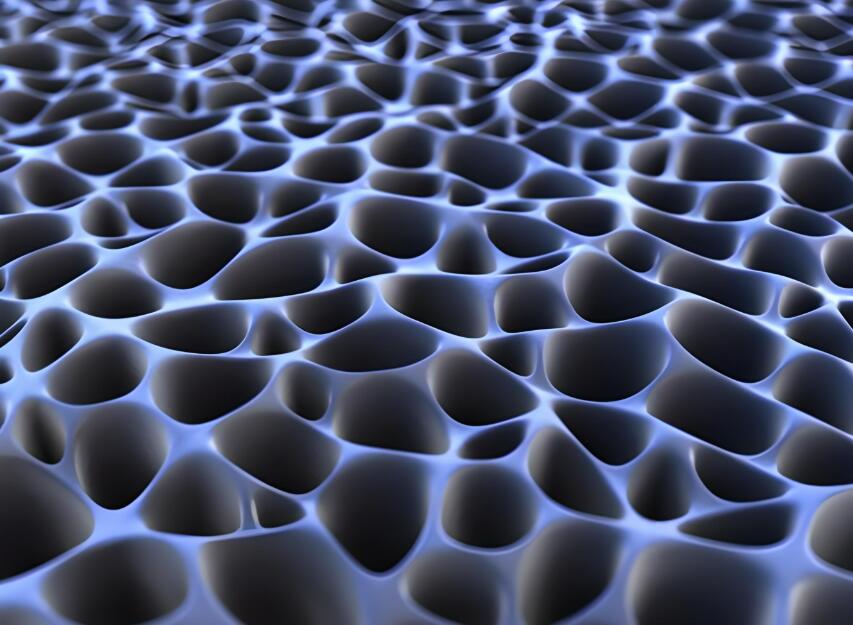Research & Development
LI Fei, CHEN Libo, MA Jianning, ZENG Xiaohui, WANG Ping, LONG Zuohong, ZHOU Hao, LI Jianhui
Journal of Functional Materials.
2020, 51(3):
3139-3143.
The optimal mix proportion of basalt PVA hybrid fiber cement-based materials was determined, and the durability of basalt PVA hybrid fiber cement-based materials was compared with common C40 concrete under the same conditions. The results showed that the mass loss of basalt PVA hybrid fiber cement-based materials was less than 1.5% after 300 freeze-thaw cycles, while that of ordinary C40 concrete was close to 5% in less than 150 freeze-thaw cycles. The permeability coefficients of 28 and 56 days of hybrid fiber cement-based materials were 53% and 26% of that of ordinary C40 concrete. Hybrid fiber cement-based materials had strong permeability resistance, and the permeability resistance gradually increased with age. When the carbonation time was less than 28 days, the carbonation depth of hybrid fiber cement-based materials was greater than that of ordinary C40 concrete, but when the carbonation time was 56 days, the carbonation depth of hybrid fiber cement-based materials was 90% of that of ordinary C40 concrete. The electric flux of hybrid fiber cement-based materials in 28 and 56 days was 65% and 49% of that of common C40 concrete, respectively. The chloride resistance of hybrid fiber cement-based materials was significantly higher than that of common C40 concrete. The durability indexes of basalt PVA hybrid fiber cement-based materials were better than that of common C40 concrete.
